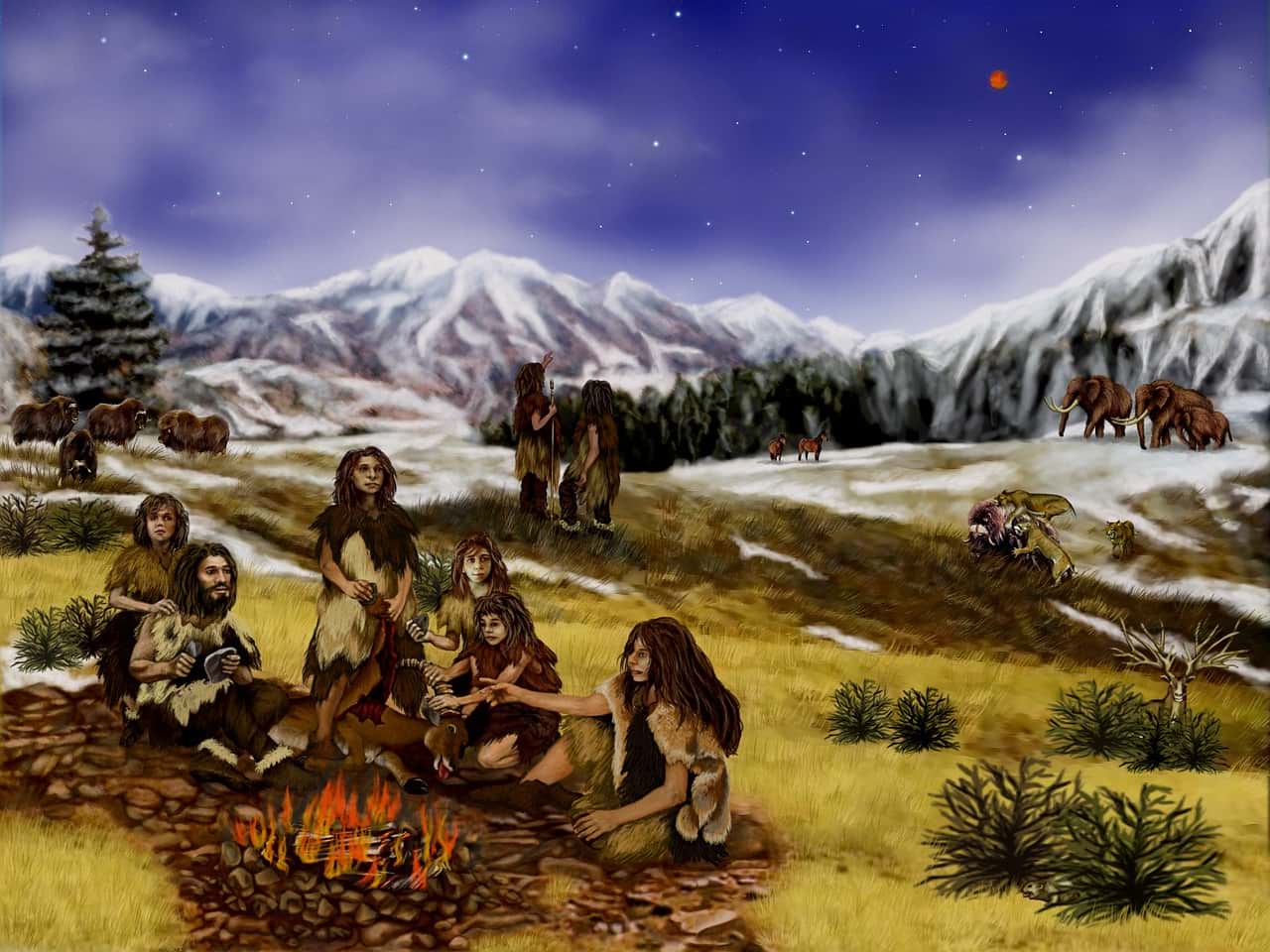Scientists have found the answer to questions they have been looking for for hundreds of years.
The arrival of the first humans in Europe led to intense interaction with local Neanderthals. New research confirms that Homo sapiens and Neanderthals interbred regularly, contradicting previous ideas about the frequency of such occurrences.
This is reported by “IFLScience”.
Radiocarbon dating methods have limitations in determining the age of materials older than 50,000 years, which has made reconstructing this historical mystery difficult. However, recent research has begun to shed light on these questions, pointing to frequent interbreeding between Homo sapiens and Neanderthals.
In April 2021, a team of researchers discovered human remains in the Bacho Kiro cave in Bulgaria. These remains, belonging to three people, included fragments of teeth and bones that were dated to between 43,000 and 46,000 years ago. Also found near the remains were stone tools characteristic of the Late Stone Age.
The study found that these are the oldest modern Late Pleistocene humans found in Europe. Interestingly, these individuals show closer genetic relatedness to modern and ancient populations of East Asia and the Americas than to more recent western Eurasian populations.
Genetic analysis of these remains confirmed that these three individuals had recent Neanderthal ancestry that can be traced back only a few generations of their family history. This suggests that early modern Europeans frequently interbred with Neanderthals, changing our understanding of human genetic history.
Previously, scientists stated that Neanderthals and humans coexisted in Europe for more than 2 thousand years.
#close #connection #humans #Neanderthals #study #news #Israel #world
2023-09-14 20:13:44

